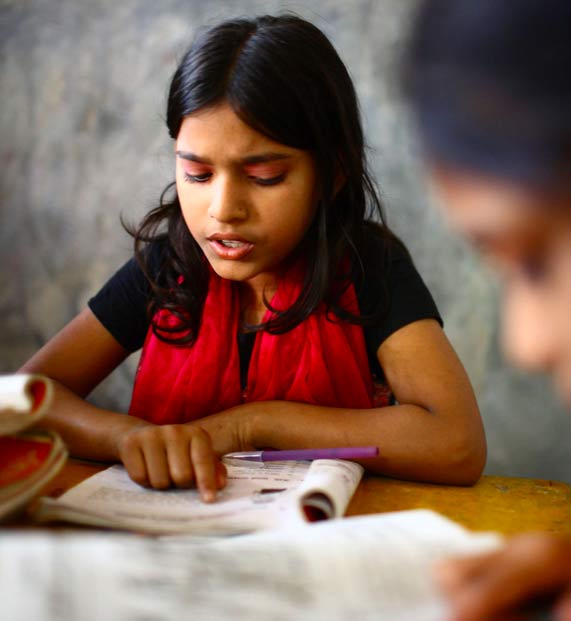|
Kelsang Apart from the big problem of educational inequality that education- focused nonprofits aim to solve, can you think of another magnanimous issue that students and other young people in India face? It is that of mental health disorders. Here, we focus on some great mental health programs in schools in India!
The problem: India's vibrant demographic is made up of the largest population of young people (10 to 24 year olds) in the world, with every third person belonging to this age group, according to the 2015 Population Database of the United Nations Population Division [1]. Unfortunately, it is also the country where the first and top cause of death for young people (15–29 years and 15–39 years) is death by suicide. This is enough evidence for us to talk about the importance of loudly advocating for mental health issues and disseminating positive information on the mental health services available to the young people in India [2]. National Mental Health Program (NMHP) in India: The flagship government mental health program in India is called the ‘National Mental Health Program [3]’ which has been in implementation since 1982. Its 4 main components are The District Mental Health Program, Modernisation of State Mental Hospitals, Up-gradation of Psychiatric Wings of Medical Colleges/General Hospitals and The Manpower development scheme. The main objectives of the program are to ensure the availability and accessibility of minimum mental healthcare for all in the foreseeable future; to encourage the application of mental health knowledge in general healthcare and in social development; to promote community participation in the mental health service development and to enhance human resource in mental health sub-specialties. Mental health programs in schools in India:
REFERENCES:
0 Comments
Leave a Reply. |
Archives
March 2024
Categories |
21213 SE 42nd Pl.
Issaquah WA 98029
Issaquah WA 98029
Turn the Bus is a registered 501 (c) (3) US nonprofit organization.
© Turn the Bus. All rights reserved.
© Turn the Bus. All rights reserved.


 RSS Feed
RSS Feed
